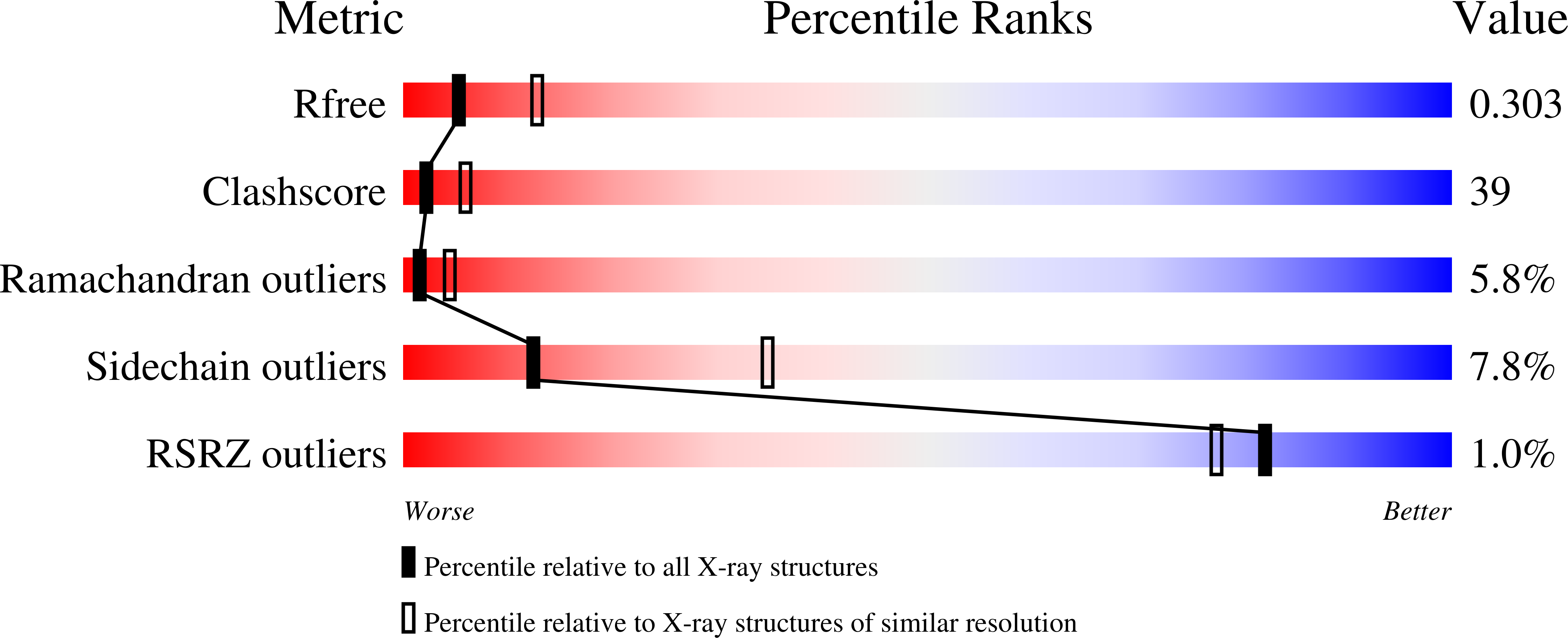
Deposition Date
2003-11-05
Release Date
2004-08-31
Last Version Date
2023-08-23
Entry Detail
PDB ID:
1RDF
Keywords:
Title:
G50P mutant of phosphonoacetaldehyde hydrolase in complex with substrate analogue vinyl sulfonate
Biological Source:
Source Organism:
Bacillus cereus (Taxon ID: 1396)
Host Organism:
Method Details:
Experimental Method:
Resolution:
2.80 Å
R-Value Free:
0.26
R-Value Work:
0.23
R-Value Observed:
0.23
Space Group:
C 1 2 1


